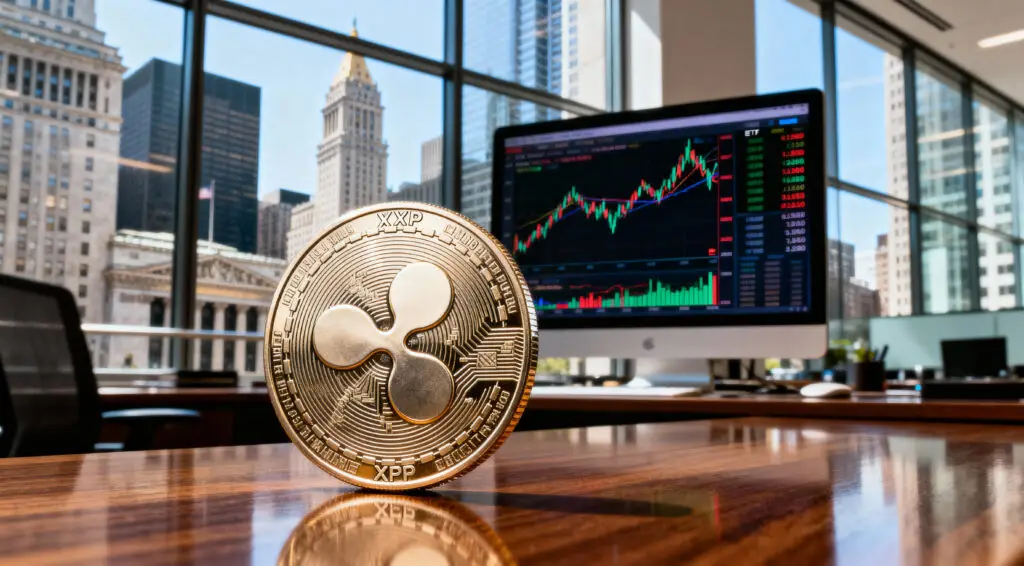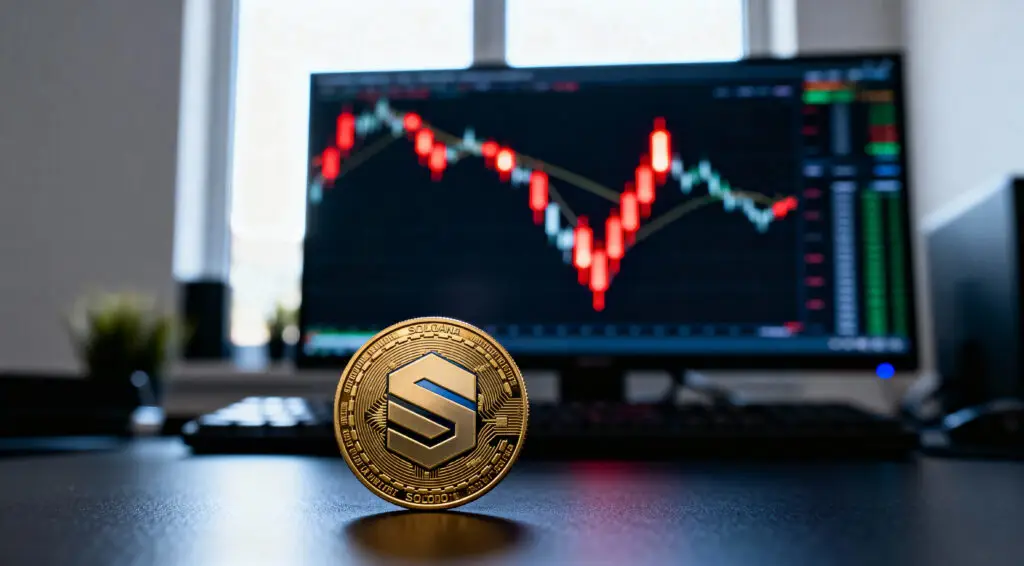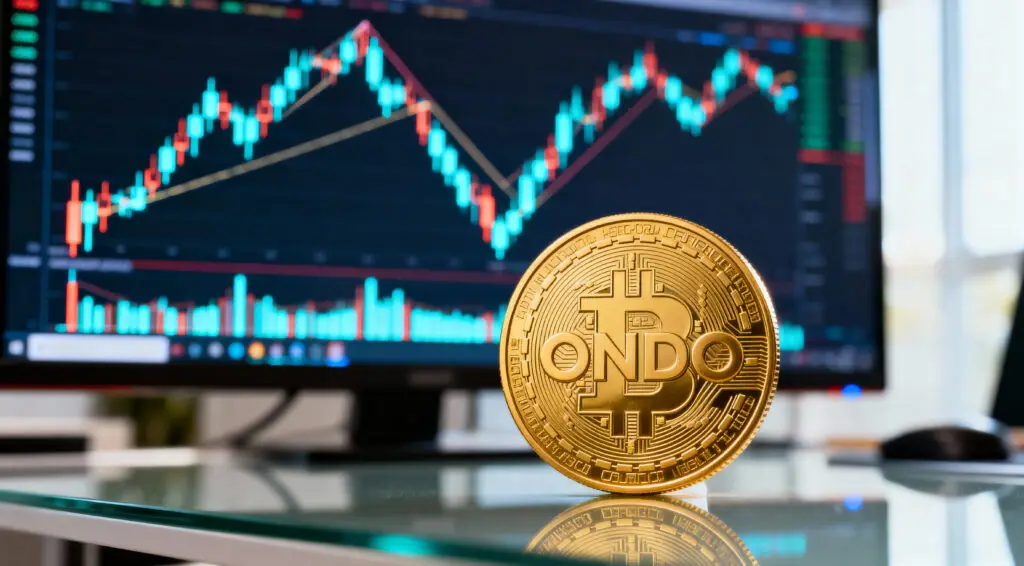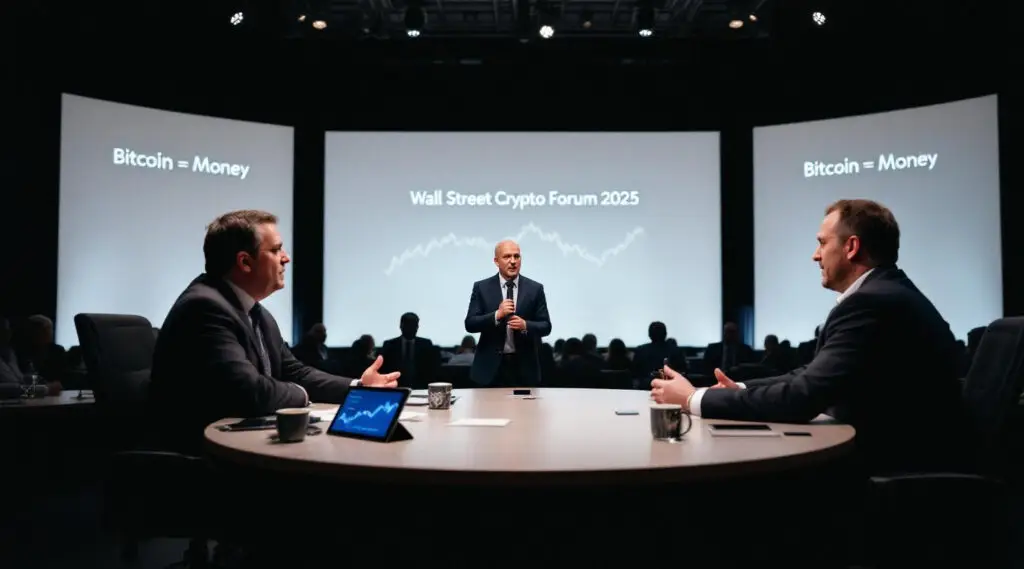XRP ETF Filings Attract Strong Institutional Interest Toward Adoption
Institutional investors are very interested in XRP ETF filings, which is a sign that there is a lot of momentum toward regulated cryptocurrency adoption. Financial companies are creating new ETF structures to make XRP easier to get to. These structures connect traditional capital markets with digital asset ecosystems that are growing quickly.
ETF approvals could make XRP a legitimate investment option for institutions, which would speed up its adoption by the general public. But if regulators take too long or say no, it could dampen enthusiasm and make cautious investors even more skeptical, which would slow down institutional participation by a lot.
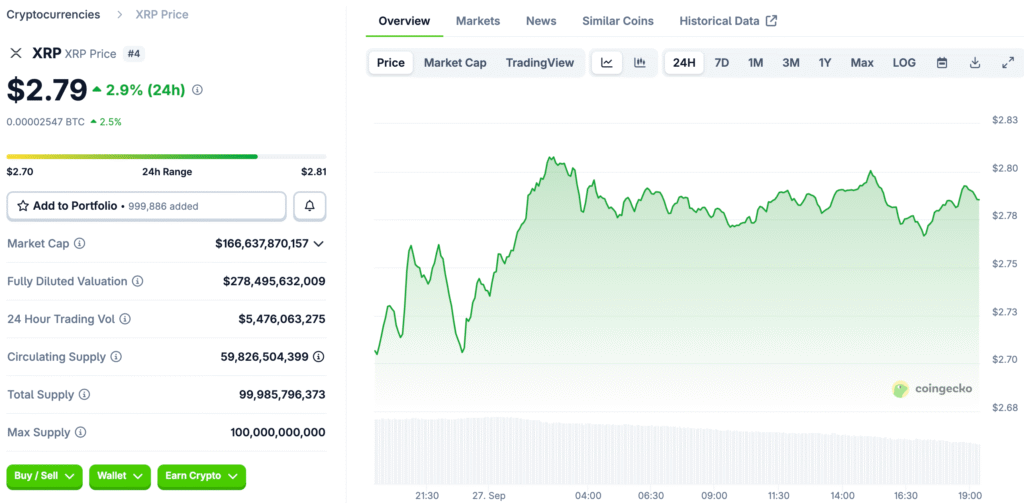
October Decisions Mark a Key Point in XRP’s Path
In October, the SEC will make important decisions about several XRP ETF applications. This will be a defining moment for institutional market positioning. Approvals could lead to big changes that would make XRP more financially integrated and have a big effect on long-term investor confidence in changing capital markets.
Ripple is also having its banking charter reviewed at the same time that major companies like Grayscale, Bitwise, and 21Shares are waiting for decisions. These events that happen at the same time make regulations more important, which affects XRP’s future direction and the speed at which more financial institutions adopt it.
Dual Regulatory Wins Could Transform Institutional Adoption Rapidly
If XRP gets approved for an ETF and a bank charter, it could become a standard part of investment products and payment systems. This result would make the market more liquid, change the stories that are told about it, and speed up the process of integrating into traditional financial systems much more quickly than was thought possible before.
Approval of an ETF by itself makes XRP a more legitimate investment, and a bank charter makes payment systems more trustworthy. Together, they could lead to an unprecedented amount of adoption, drawing in institutional investors looking for a variety of opportunities in emerging digital asset markets around the world.
Recommended Article: XRP Price Crash Risks as Bears Eye $2.07 Breakdown
Market Experts Believe Institutional Demand Is Underestimated
Nate Geraci says that the institutional demand for XRP ETFs is similar to the early doubts about Bitcoin and Ethereum ETF proposals. Initial launches quickly put doubts to rest, bringing in billions of dollars in new investments and completely changing the way people talk about investing in digital assets in all parts of the global financial system.
Canary Capital and JPMorgan both predict large inflows into ETFs, which shows that institutions are becoming more confident. The rise in CME XRP futures interest shows that more professional investors are getting involved, expecting good regulatory outcomes and widespread ETF approvals.
Innovative ETF Designs Expand Strategic Investment Approaches
Amplify suggested new ETF structures that combine XRP exposure with covered call strategies that make money, which would be appealing to institutional investors who want to make money. Canary Capital also points out that XRP is in line with what Wall Street wants, putting it in the same category as Bitcoin in institutional investment strategies.
These kinds of improvements could attract more investors by combining traditional yield strategies with exposure to digital assets. This new idea sets XRP ETFs apart from other ETFs in a strategic way, drawing in investors who want both alternative ways to make money and the chance for long-term growth in changing financial markets.
Skepticism Remains Among Major Institutional Players
BlackRock’s decision not to pursue an XRP ETF shows that major institutions are still worried about regulations and aren’t sure if their clients want it. Market analysts say that if there isn’t enough sustained interest, these products might not do as well, which would lower enthusiasm and slow down the process of bringing them into the wider market.
XRP’s speculative nature is called into question by price changes that happen quickly and big events that cause people to sell their XRP. Regulatory unpredictability could make periods of uncertainty last longer, making it harder for institutions to adopt new technologies, even though interest is growing and new technologies are helping the market grow.
XRP’s Future Depends On Regulatory Clarity And Market Response
The SEC’s decisions in October and Ripple’s charter bid are both major turning points for XRP’s regulatory and market paths. Positive outcomes could speed up the adoption of institutions, while negative outcomes could make people more skeptical and lengthen speculative cycles by a lot longer than expected.
Patterns of institutional accumulation show that investors are positioning themselves strategically before announcements, showing that they are confident in the chances of good decisions. XRP is at a very important point right now. The way regulators and investors feel about it could decide whether it becomes widely used around the world.


